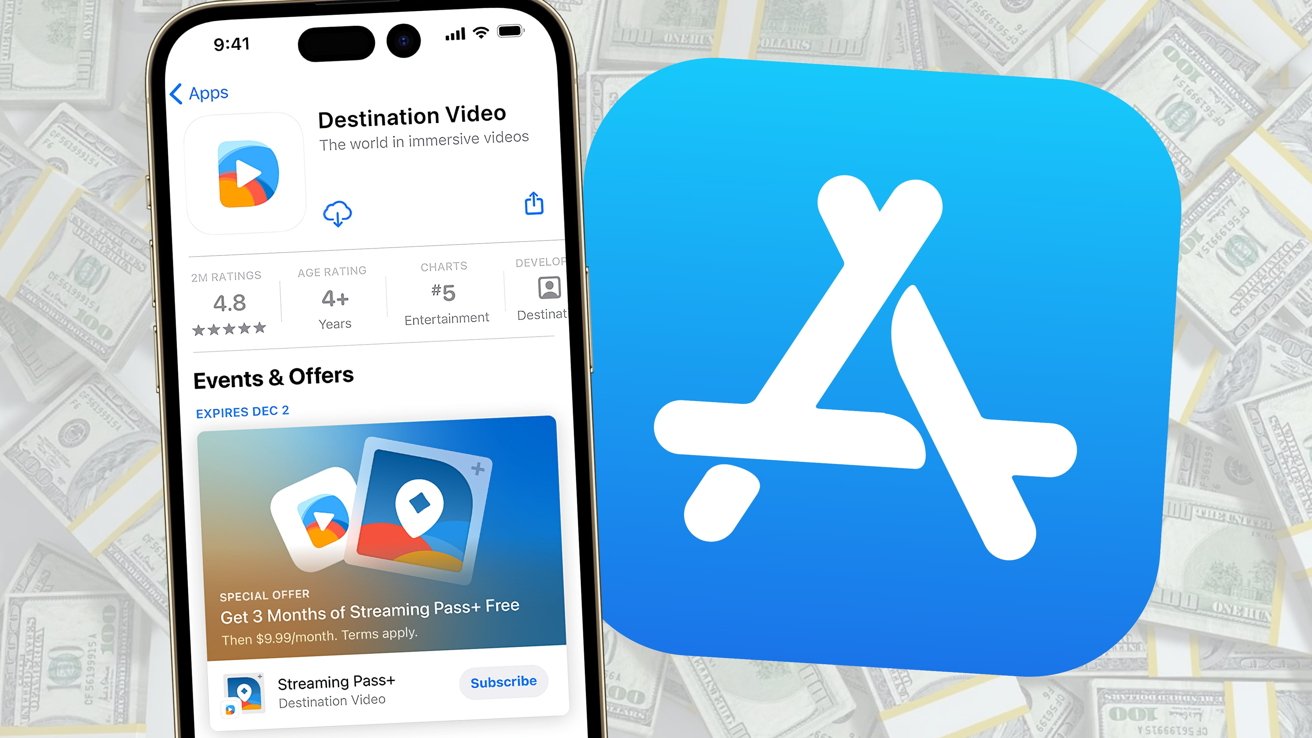Most early impressions of the Apple Watch Series 10 are quite positive. Not only does it have the biggest display yet on any Apple Watch (despite a smaller overall case size than the 49mm Ultra 2), but it weighs less and is somehow thinner than before. The display isn’t just bigger, either — it has improved brightness when viewed at an angle, and the always-on screen can refresh once a second when at rest, rather than once a minute as it did before.
Beyond the updated display and some lovely new case options (the new polished titanium and jet black aluminum look pretty fabulous), the Apple Watch is also getting a new health feature: sleep apnea detection. It’s not exclusive to the Apple Watch Series 10, as last year’s Series 9 will also get it as well, but it was still a main highlight of Apple’s presentation and another example of how they want you to wear the Watch all day and all night.
The only problem with that? Battery life is still rated for 18 hours, or 36 in battery-saver mode (half of what Apple claims for the Watch Ultra 2). That means if I get up and strap my watch on at 7AM, it’ll be dead overnight. Of course, the reality of this isn’t as extreme as I’m making it sound. While Apple has quoted an 18-hour battery since the Apple Watch was first released in 2015, recent models have easily exceeded that, despite changes like an always-on display. It’s not unreasonable to wear it all day and overnight to track your sleep, and then give it a charge in the morning to get set for the next day. Apple has focused on quick charging in the last few models to make that more feasible — the Series 10 can be charged to 80 percent in just 30 minutes.
The problem, at least in my experience, comes a year or so into an Apple Watch’s life. I had a Series 7, and its battery health had dropped to below 90 percent capacity after less than a year, and under 85 percent capacity after about 14 months. That made a noticeable difference; if I wanted to wear my watch overnight for sleep-tracking purposes, it would have needed a mid-day charge. Things were even worse if I used LTE on a run and left my phone at home, as streaming music and tracking a workout could easily use more than 25 percent of my battery. My Series 9 that I got last December, however, appears to be doing much better, with battery health still at 100 percent. Maybe my Series 7 was a lemon, but I think Apple has done some solid charging optimization to keep things fresher here.
Getting a day and change from the Apple Watch is in line with the Pixel Watch 3 that we just reviewed, though it lags behind Samsung’s Galaxy smartwatches. But the comparison gets worse when you look at Garmin’s line of fitness-focused watches, basically all of which can be used for well over a week without needing a charge. Granted, they’re different from Apple and Google wearables that are tightly integrated with all aspects of your phone’s OS, but that’s not the point. If you want to use your watch to the fullest, wear it overnight to track sleep and not have to think about it the next day, the Apple Watch is far from your best option.
That brings me back around to the Series 10. How psyched would we all be if Apple said this thing got three days of battery life? Even matching the 36-hour rating of the Apple Watch Ultra would be a win, as chances are good you’d get closer to two days in real-world use. Instead, though, Apple did what it often does and made the Series 10 thinner. Sure, comfort is crucial when you’re talking about a wearable, but I personally would have traded a 1mm reduction in thickness (about a nine percent change) for a bigger, longer-lasting battery.
Instead, we’ll just have to make do with faster charging, which, don’t get me wrong, does make a difference. It’s pretty easy to imagine a world in which you wake up, drop your Apple Watch on the charger for 45 minutes while you get ready for the day and then don’t think about it again until the next morning. But that’s just another time you have to think about this thing that’s supposed to live on your wrist. Charging overnight isn’t necessarily the best option anymore, but having to charge every day without fail is still a bummer. I just wish I had an Apple Watch that I could forget about and just drop on a charger every couple days to top it up. Maybe next year.
Catch up on all the news from Apple’s iPhone 16 event!
This article originally appeared on Engadget at https://www.engadget.com/wearables/the-apple-watch-series-10-deserves-more-than-18-hour-battery-life-170410297.html?src=rss


